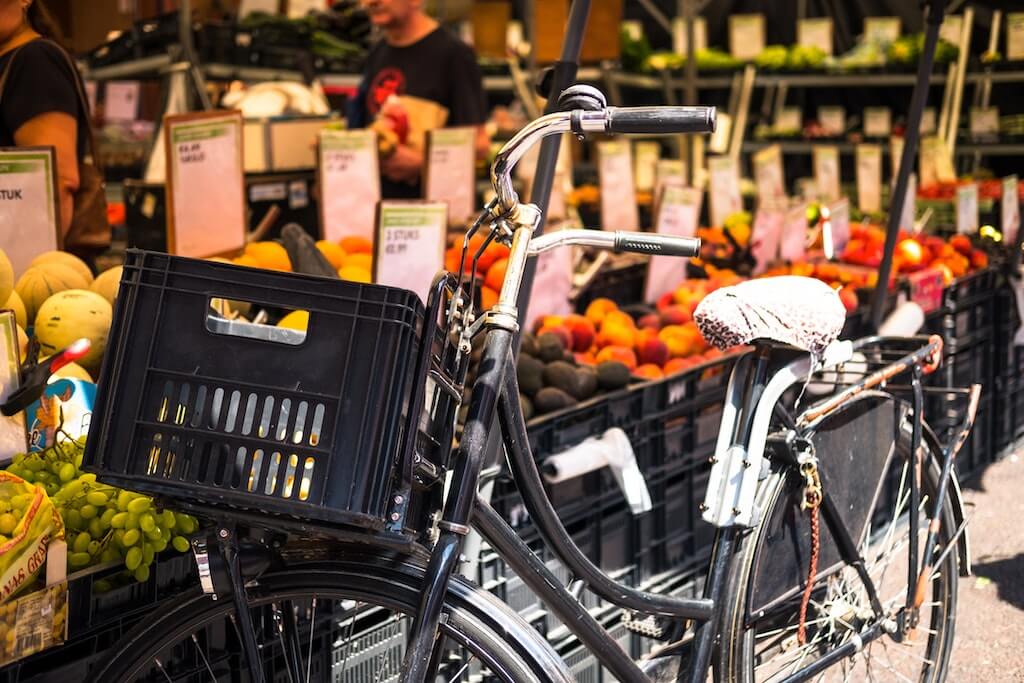Autumn Gear Guide
Find inspiration in our Gear Guide that will keep you out on your bike through wind or rain.
Download NowIn bustling bicycle-friendly cities such as Copenhagen and Amsterdam and many other cities worldwide, cycling is not just a mode of transportation; it’s a way of life. However, with the convenience, quality of life and health benefits of cycling come unique challenges, chief among them being the prevalence of theft, wear and tear, and inadequate […]
In bustling bicycle-friendly cities such as Copenhagen and Amsterdam and many other cities worldwide, cycling is not just a mode of transportation; it’s a way of life. However, with the convenience, quality of life and health benefits of cycling come unique challenges, chief among them being the prevalence of theft, wear and tear, and inadequate bike parking facilities. In such environments, investing in an inexpensive “beater” bike for commuting emerges as a pragmatic solution to safeguarding against potential losses and inconveniences. And, really, seems a natural to help people from stressing too much about their bicycles while at work or play.
One of the foremost concerns for cyclists in urban areas is the rampant theft of bicycles. Amsterdam, often hailed as a cycling paradise, like many urban centres around the world, also grapples with a high rate of bike theft. Despite the presence of large bike parking facilities that leave cyclists around the world in awe, security measures are just as lax as other areas, leaving bikes vulnerable to theft. The sad truth is that even the most robust locks cannot guarantee the safety of a valuable bike in such environments.
But that’s just the thing that Amsterdam and Copenhagen residents know but North Americans for the most part are still figuring out, many commuters opt for inexpensive “beater” bikes – sturdy, functional bicycles that serve their purpose without breaking the bank.
The whole idea of the “Dutch bike” isn’t something fancy and made special for Dutch bicyclists. It’s the idea of it being a simple utilitarian bicycles that looks like every other bicycle, is easy to operate and makes thieves basically keep on walking when they see it.
These bikes are less attractive targets for thieves due to their lower resale value, providing cyclists with a degree of peace of mind on two levels as they navigate the city streets. First, it is unlikely to get stolen compared to other more expensive models, and, second, if it does it is easily replaced.
Perhaps the name “beater bike” needs to change? Certainly, Dutch bike has a nicer ring to it.

Dutch bicycle
The daily grind of commuting takes a toll on bicycles, subjecting them to wear and tear that can diminish their lifespan. From exposure to the elements to the inevitable bumps and scrapes of urban riding, even the most well-maintained bikes will show signs of usage over time.
By choosing a so-called beater or utilitarian bike for commuting, bicyclists might not be able to mitigate the impact of wear and tear on their primary mode of transportation, but at least they won’t be fretting over every scratch and ding. Riders can embrace the utilitarian nature of their inexpensive steeds, knowing that they are designed to withstand the rigors of daily commuting without sacrificing performance.
Bicyclists might also take the opportunity to learn basic bike maintenance since they can trial-and-error on an inexpensive bike at home. All part of the fun.
In the context of urban commuting, a good “beater” bike prioritizes durability, reliability, and affordability over flashy features or high-end components. Here are some key characteristics that define a good beater bike:
Bikes that fit this mould could be found on used bicycle websites like Bike Exchange, other second-hand sites such as Facebook Marketplace and Kijiji or even at department stores such as Costco, although special considerations should be taken for these bikes in finding the simplest options available free of suspension and other extras that are likely sub-standard anyway.
Perhaps the best option when purchasing a used bicycle for commuting is a bike shop that specialises or deals regularly in secondhand bikes. There will be a small premium when compared to an online marketplace, but the bikes are usually checked over and serviced before they are sold and inventory is likely limited to bicycles of a decent quality for commuting.
In the face of high theft rates, wear and tear, and inadequate bike parking facilities, the case for getting an inexpensive “beater” bike for commuting becomes increasingly compelling. Whether navigating the bustling streets of Amsterdam or traversing the urban landscape of Tokyo, cyclists worldwide are embracing the practicality and affordability of beater bikes.
By prioritizing functionality over flashiness and pragmatism over prestige, commuters can safeguard against potential losses and inconveniences while enjoying the countless benefits of cycling. In a world where the only certainty is the unpredictability of city life, a reliable beater bike may just be the most valuable asset a cyclist can possess.
Find inspiration in our Gear Guide that will keep you out on your bike through wind or rain.
Download Now
Leave a comment